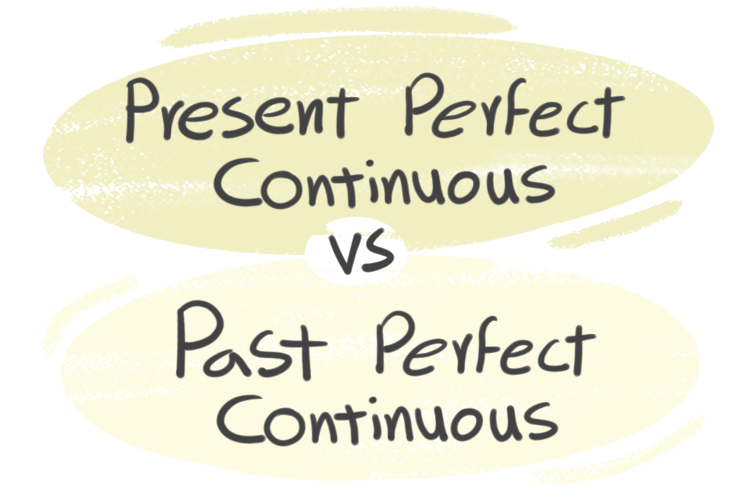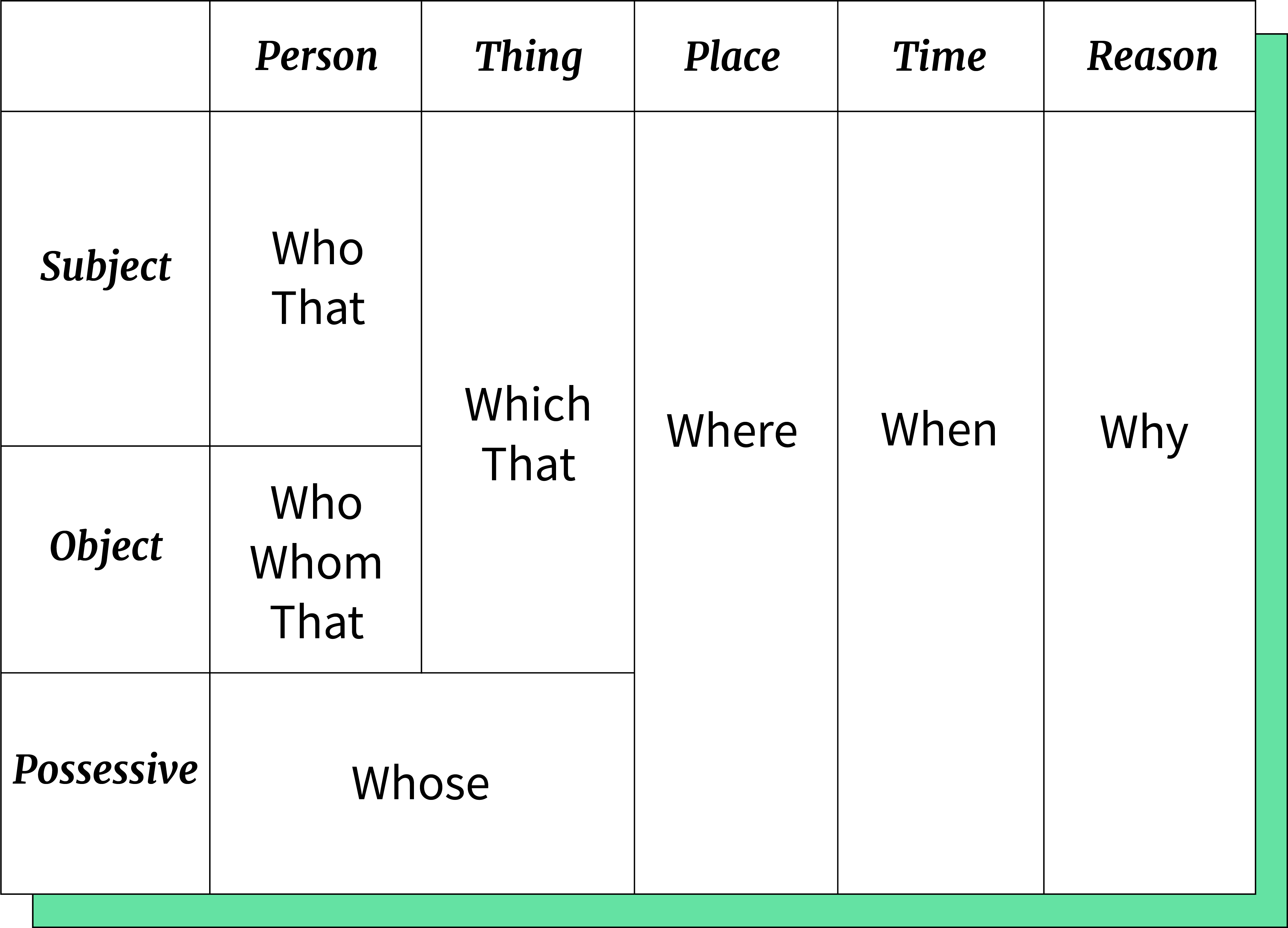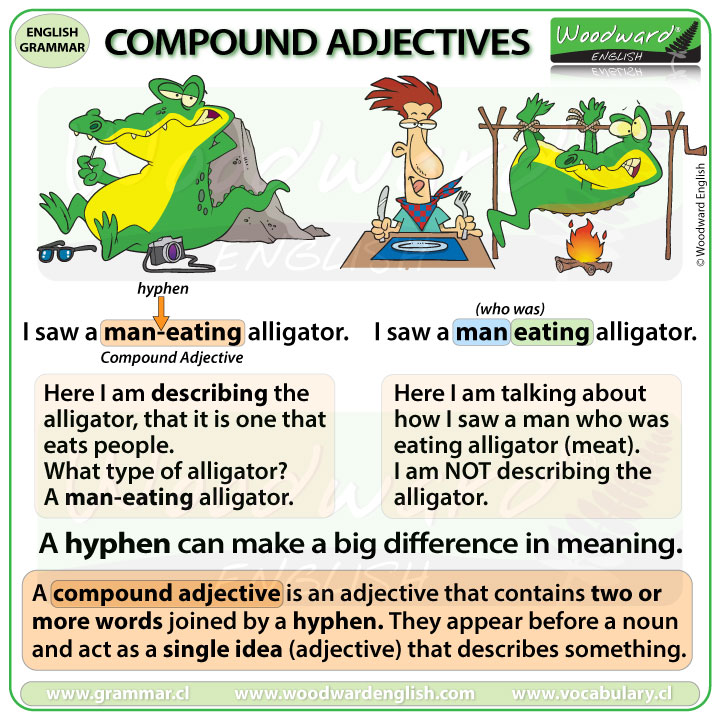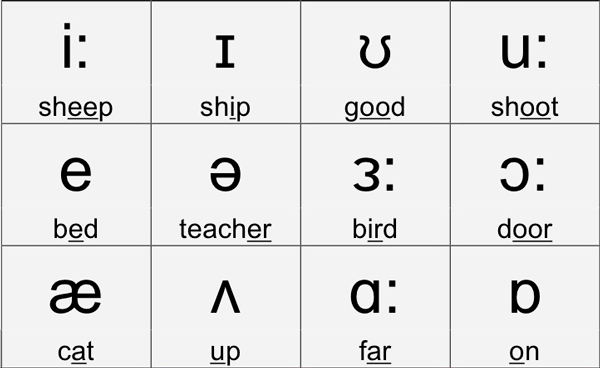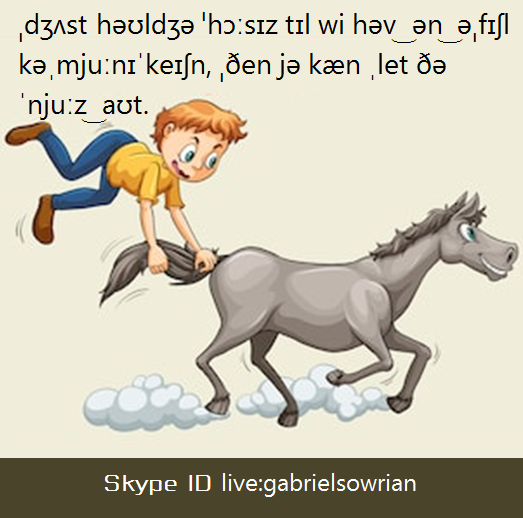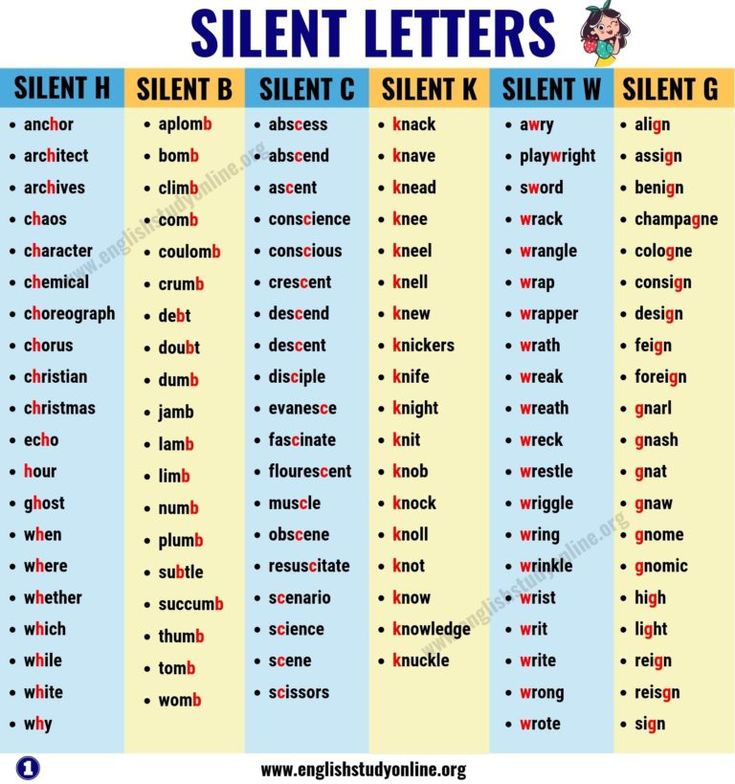Inglés 2BAC_ANA
Esquema de temas
-
-
1) Take Idiom Quizzes. Choose from 1,000s of on-site Idiom Quizzes.
2) Learn idioms in context by taking Idiom Video Quizzes.
3) Search by synonyms. The idioms4you.com search function allows you to search a term (the word "difficult", for example) and find idioms that are related to that search term.
4) Take a humorous look at the Sunday Fun Idioms.
5) Study idioms as used in popular television shows. Video Idioms
-
Here you have the ppt about tenses review we have already gone through in class. Just in case you want to watch it again.
-
Here you will find a useful chart to revise the use of verb tenses in English.
-
Brief explanation about how to create new words in English. Remember this is going to be an excellent way to improve your vocabulary!
-
Brief explanation on word building
-
Follow the link to have access to Tenses revision , grammar and tests
-
Here you will find two sets of exercises:
verb tenses in individual sentences
verb tenses in a text
-
-
-
Do the quiz to check whether your personality fits with the place you were born in.
-
Grammar explanation
-
Here you have a link to practise and widen your vocabulary on the topic of unit 1. There are flashcards which can be flipped over to see the meaning of each expression. Don´t get discouraged, the only way to improve is to keep on trying. Keep pushing!!
-
-
Here you have a ppt about some space idioms
-
Watch the video to revise your knowledge on conditional and wish clauses
-
Have a look to revise the use of different conditional connectors
-
Grammar explanation and exercises practice for the term test.
-
GRAMMAR THEORY
-
Watch this video and think of possible wish clauses for every slide on it
-
Revise this file to check how much you know about adjective patterns!
-
Think about the answers to the following questions
-
Read the instructions in the file and choose one of the writing options:
-
Rewrite the following sentences using the words in brackets:
-
Go over the given situations and think of a conditional sentence which fits in
-
Here you have a set of sentences to get some practice for the term test.
-
If you want to get extra practice for the term test, go through this set of exercises to brush up your grammar proficiency
-
-
picture which summarizes the passive voice transformation
-
VOCABULARY: to pluck , to fill
-
Here you have a pdf containing some passive voice practice
-
In this file, you will find some grammar explanation and practice about this special passive structure
-
Have a look at the celebrities in the pdf and make up some gossip about them
-
Go over the activities in the worksheet and send me a screenshot with your score to my telleiras.org email . Good luck!
-
Go over this exercise to practise the use of impersonal passive. It includes self-correction
-
-
Self-correction included
-
self-correction included
-
Self-correction included
-
Transformation sentences
-
Revision of conditional sentences(keys included)
-
Here you have a set of sentences to revise passive, conditionals, connectors, and modal verbs. Key answers have been included.
-
Listen to these short podcasts (FCE /B2 level) to practice for the test (self-correction included)
-
Here you will find a set of sentences to practice: connectors, relatives, passive voice, conditionals and wish.You will also find practice for the phonetic -ed ending pronunciation options.
-
Grammar: Reported speech
vocabulary: Crime
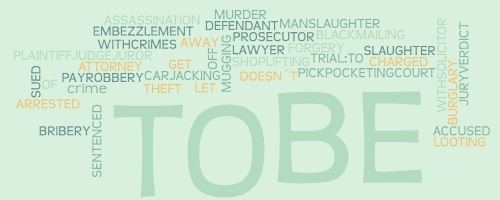
-
Here you have a summary of the changes in tenses from direct speech to reported:
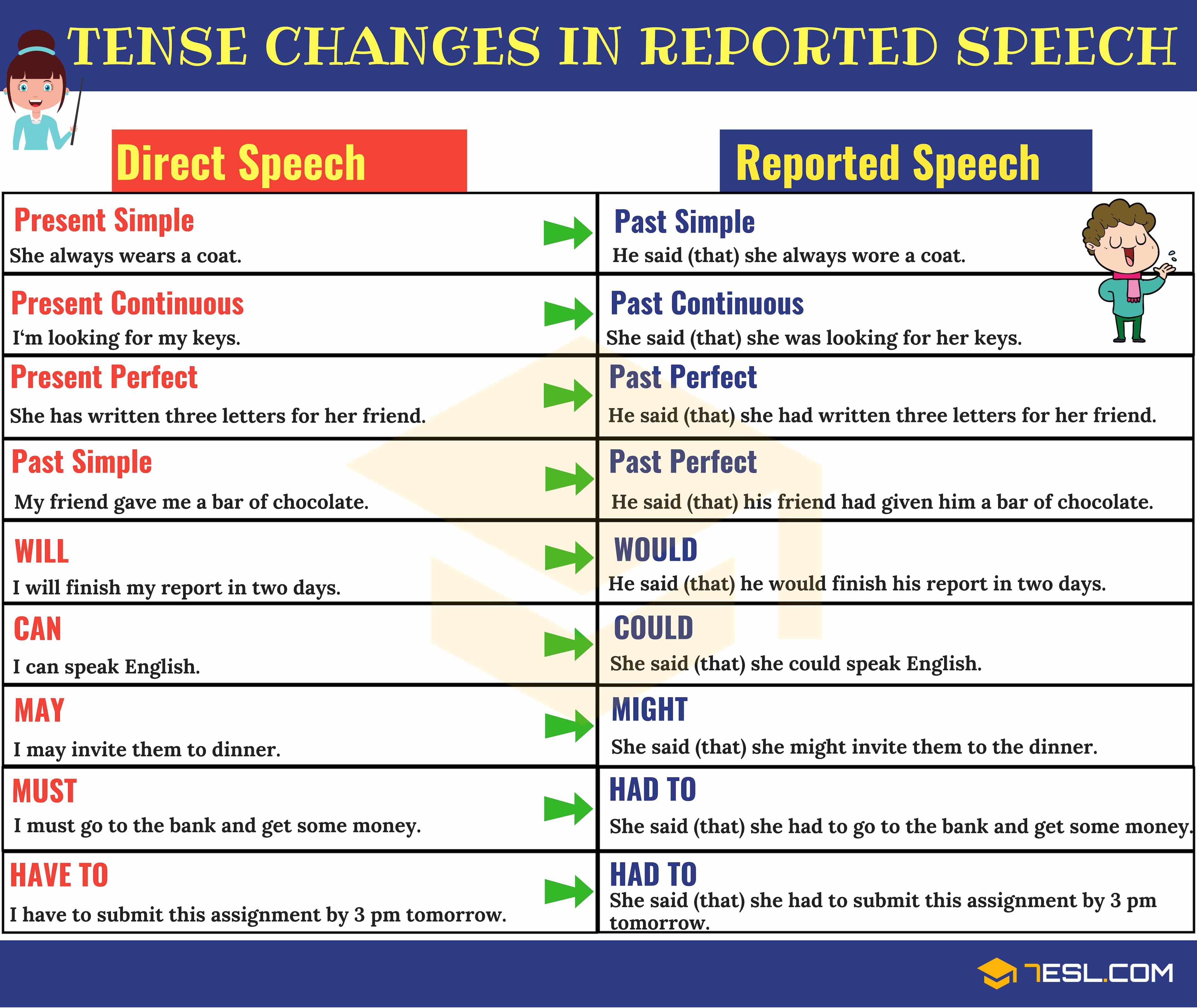
-
Here you have a ppt to learn how to use reported speech
-
Go over the activities to practise all types of reported sentences
-
Write some News Report about any curious piece of news which has happened (real of fake).
First: create your news headlines using this link: https://breakyourownnews.com/
Second: write the news report
Remember to include:
1st paragraph: short summary answering the wh's
2nd paragraph: main details
3rd paragraph: people's reactions and quotations
-
-
In the pdf below you will find some theory about reported speech to brush up your knowledge on it. You also have some activities. Go over them after reading the theoretical part.
-
TASK ACTIVITIES
-
Go over the activities in the reading and send them to my telleiras.org mail address
-
GO OVER THE FILE BELOW AND REWRITE THE SENTENCES SO THAT THEY MEAN THE SAME AS THE ONE GIVEN ABOVE
-
Read the text below and answer the questions.
-
Listen to the three audio files below and open the document with the audio activities
-
Open this file to answer the questions about the listening after having listened the three audios
-
-
Compilation of resources to help you improve your pronunciation

-
Compilation of all the vowel, diphthongs, and consonant sounds in English
-
Here you will find the description of how to produce the different vowel sound in R. P English
-
Self-correction activity to check you know how to distinguish long and short vowel sounds in English
-
By clicking on this link you will get extra practice on how to pronounce the long sound /a:/ in British English
-
By clicking on this link you will get extra practice on how to pronounce the long sound /a:/ in British English
-
Spoken activity to help students distinguish both vowel sounds
-
By clicking on this link you will watch a video which is going to help you distinguish between these two vowel sounds.
-
Watch this video to learn how to distinguish these two vowel sounds. Remember your lips and tongue position
-
These three sounds are commonly confused. Mostly the difference between /e/ and /I/ is often not understood or misprounced
-
Watch this video to learn about the difference between these sounds.
-
Follow the link to learn how to pronounce the schwa sound and listen to some podcasts
-
Picture with useful info about the spelling of schwa sound
-
Watch this video to help you pronounce and distinguish the sound
-
Picture with some useful info about spelling of long schwa
-
Watch the video to distinguish both sounds.
Here you have the minimal pairs mentioned in the video:
full_fool; soot (Hollin)_suit; hood_who´d ; shooed (past of shoo) (espantar,largarse)luke_look;pull_pool
-
This video will help you compare and revise ALL THE TWELVE VOWELS SOUNDS in English.
Test yourself by repeating after Emma!
-
Learn the pronunciation of this diphthong and its spelling in English.
-
watch this video to revise the pronunciation of this diphthong.
Possible spellings: ai, ea,a (care, share),e (there)
-
In this file you will find a thorough explanation about how to pronounce the final -s sound and some practice at the end of it.
-
Go through this maze. Get from one corner to the other by connecting words containing the same sound either /s/ or /z/.
There are two possible routes
-
Go over this activity to practise the possible pronunciation of -S/ -ES (/s/; /z/; /IZ/
-
Go over these two files to revise and reinforce the pronunciation of the final -s in English (remember it is applied to plural nouns, possessives and present simple 3rd person singular)
-
Choose BART, TED or DAVID depending on the pronunciation of the verbs next to them
-
Listen to Emma explaining the th sound
-
Go through these exercises to distinguish between / n/-/ŋ/
-
In this podcast you will check the difference between these confusing vowel sounds
-
Here you have a set of sentences to revise the vowel sounds, -s /-ed endings and the "th" sounds
-
Here you have compiled all the writing models of the course. Remember you can also work on the writing guide section of your student's book on page 155.
-
Fit the elements into the right paragraph.
-
A film review gives information about a film, its plot, strong & weak points as well as your opinion on it. You have a brief explanation about its structure in this file.
-
self-correction activity to revise and learn the structure, vocabulary of a film review.
-
Go over the vocabulary in the web page and watch the video interviews to widen your vocabulary range on working life and jobs.
-
Here you will find some tips to learn how to write a formal email to apply for a job
-
Write an application letter for the following ad. Don´t forget to go over the main points of your check-list:
- Follow the format
- use formal speech
- be positive
- include connectors
- revise your final draft spelling and punctuation.
-
It includes a list of the most commonly used connectors. It has divided into sections, examples have been also provided
-
It includes self-correction
-
Here you will find a list with common phrasal verbs as well as a thorough explanation on how to use them
-
-
Here you will find useful resources to study for the Abau test. Keep pushing and go for it!!
-
In this file you will find activities and vocabulary to talk about the Environment
-
Follow the link to revise phonetics (self-correction)
-
Here you have a link to an interesting webpage which is going to give you tips and specific rephrasing practice about the grammar section you may want to revise
-
Follow the link to practice phonetics (vowels, dipthongs, consonants , -s endings(plural nouns and 3rd person singular -s/-es ) and -ed endings (past simple regular verbs and adjectives)
-
Rephrasing activity including self-correction
-
